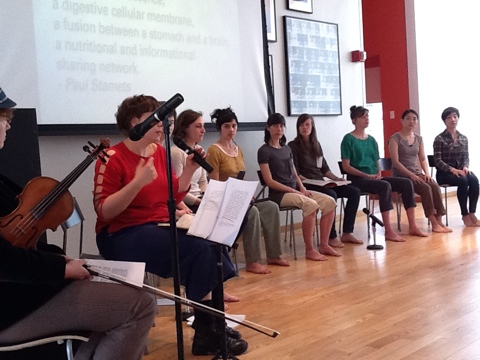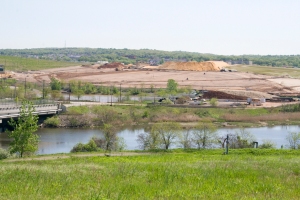
Working with People : A conference on Keywords & Contested Meanings
April 7, 2012, 10-3:30pm, with a reception to follow
Theresa Lang Center, Arnhold Hall, The New School, 55 W. 13th Street, NY
Conference : http://www.working-with-people.org/public-exchange/
Project : www.working-with-people.org
When we talk about community-university collaborations, some powerful words are ill-defined; other critical words are conspicuously absent. How can wrestling with these words affect our practice?
Please join us for a one-day event at The New School focused on developing critical conversations around “civic engagement” and the pedagogy and politics of teaching “with communities.”
Director of the Jane Addams Hull-House Museum
Chair of Landscape Architecture, University of Washington
Activist, Critical Resistance
Poet, The New School for Public Engagement & fmr chair, PEN Prison Writing Comm.
Prof of APA Studies, NYU & co-founder of the Museum of Chinese in America
The Public Science Project & co-founder of the Mestizo Arts & Cultural Collective
Director of Civic Engagement & Social Justice, Eugene Lang College The New School for Liberal Arts
Assistant Professor of Politics, The New School for Social Research

















 As agriculture and energy production have made strides toward becoming more sustainable, the world’s fisheries have lagged behind. But restoring our beleaguered oceans to health will require an emphasis on diversification and conservation — and a more sensible mix of fishing practices.
As agriculture and energy production have made strides toward becoming more sustainable, the world’s fisheries have lagged behind. But restoring our beleaguered oceans to health will require an emphasis on diversification and conservation — and a more sensible mix of fishing practices.
























